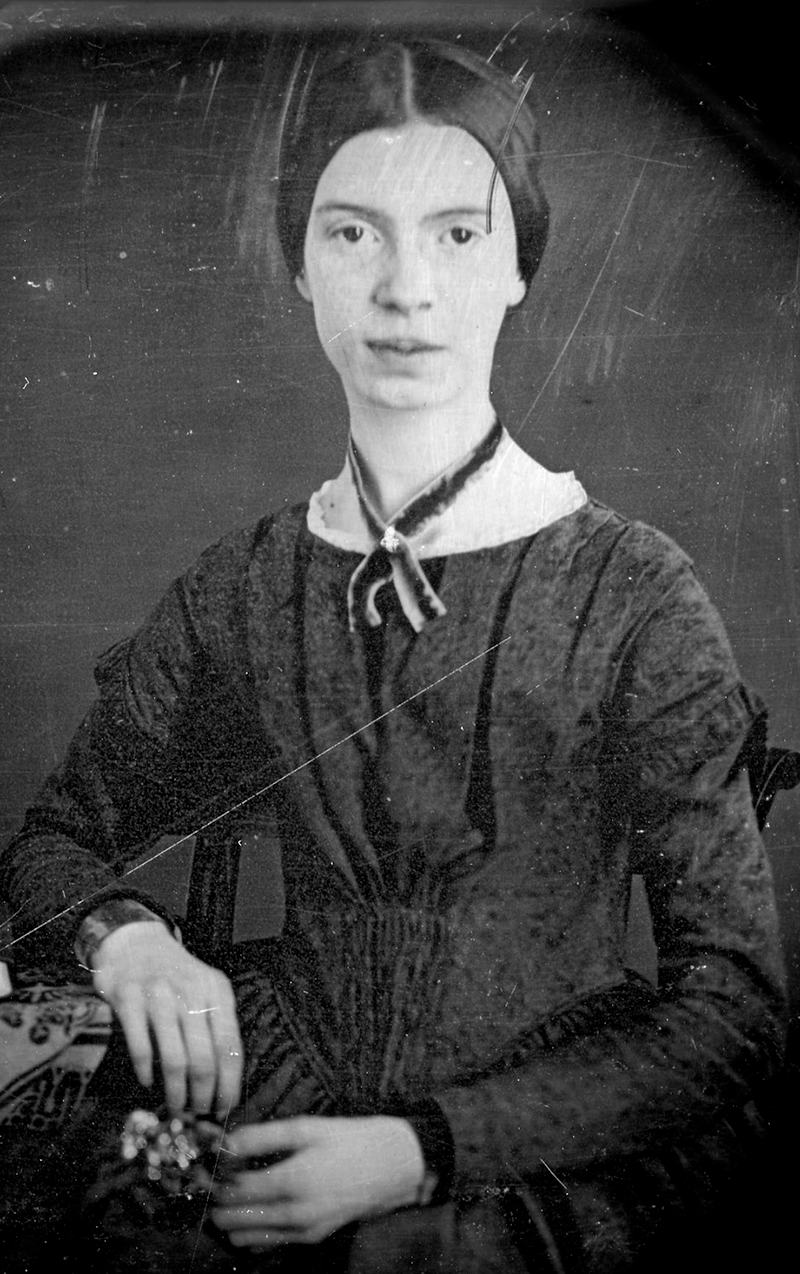This post was originally written for an assignment under a different name.
All who ever lived lived in a long cave,
Whose far away light was sought by the brave.
Though small, the light could not be extinguished,
So men set off for it and relinquished
All comfort and loved ones and things mild.
And nestled in this cavern was a child
Whose heroes had run bravely to the glow
And lead way for others so they may go.
Upon starting, men had to go farther yet,
Still thoughtless of what they wanted to get.
“Mom, Dad, why don’t you go on for glory?”
“We have a son. We’re telling your story.
We’ll reach the end whether we crawl or bound,
But no one has ever turned back around.
Later, you will see where the poets wailed
And where toward the light the brave sailors sailed,
Where knights against monsters gallantly fought
But these things shouldn’t be too eagerly sought.
You are still young, and the journey is long
Savor your youth lest you miss its sweet song.”
The child did know he would get there sometime,
But he would not see those heroes sublime
Nor could he to their company enlist,
For then they would be far into the mist,
And when commoners would arrive in waves
They would see only monuments and graves
From those who live in adventure and joy—
At least, that’s how it seemed to this one boy.
So that very night, the boy packed his case
And ran off quick, unsure what he would face
The way toward glory is the way toward light,
So he gave all his thought and all his might.
While it seemed he’d make the trip handedly,
He gave little thought to his family.
He loved them—they had done him well and kind—
It seemed it was right to leave them behind.
Why did his parents want him so wary?
But he knew not for what he did tarry.
But as he walked—why even as he charged—
The orb at the end seemed not to enlarge.
This alone would have caused him to despair,
But he saw his heroes, laden with wear.
Crazy-eyed they ran in futility;
It seemed they had lost their ability
To lust for the thing, to feel anymore;
Their hearts were heavy and their feet were sore;
They would not go meet him, as had dreamt he,
Rather they pressed on in small bands, hearts empty.
He knew it was treason against his brave swear,
But he’d romanticized his travel there
And wanted to turn his course back around
To his loved ones and to be safe and sound.
So he followed his route back to its source
But he found a five-pronged fork in the course.
He’d made way with ease for the light’s wan shine
But his home was harder for him to find.
So he took the path second from the right,
But yet another branch was soon in sight.
Then he turned back around to that fire lit;
Toiled on, saddened, then melted into it.
The meaning of this tale should be quite clear:
Do not race life running from year to year—
Especially youth, which should be cherished
By ev’ry man until he should perish—
Lest searching you miss what there is to find
And for nothing leave those you love behind.
